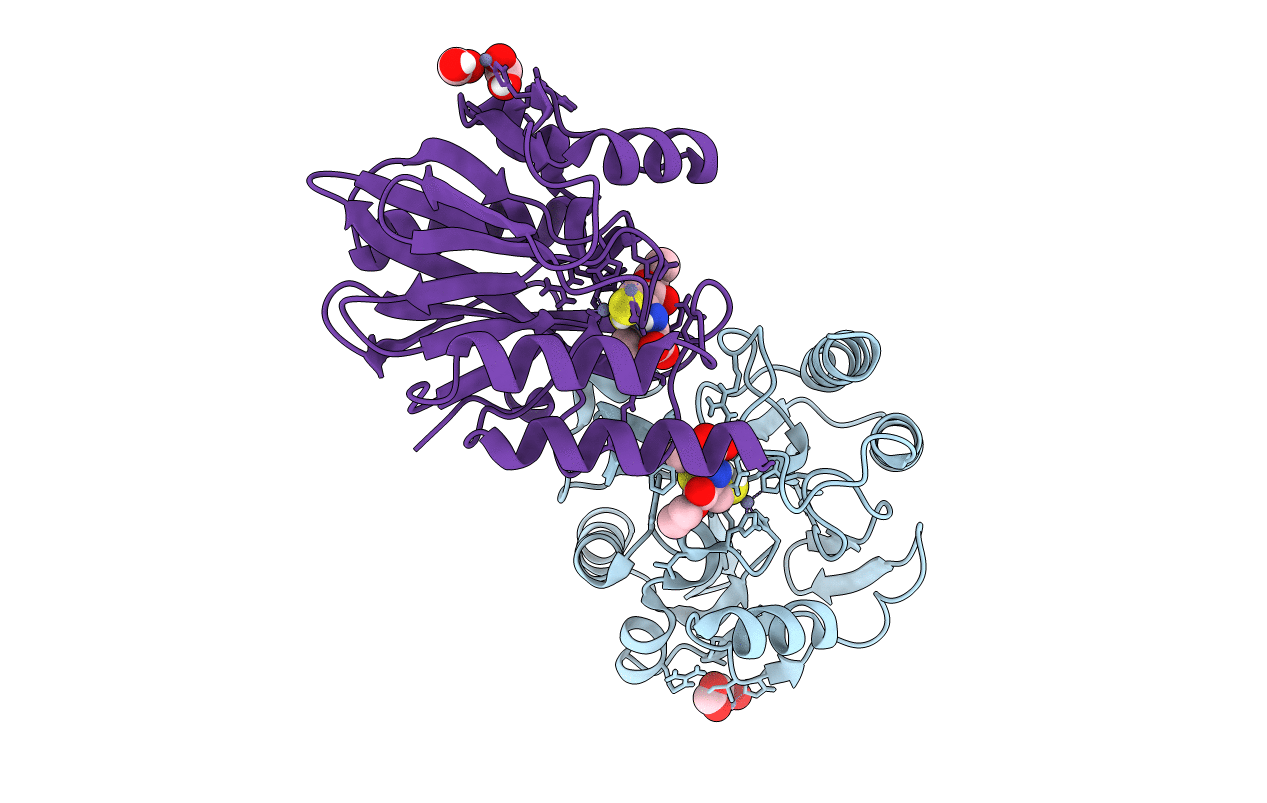
Deposition Date
2020-08-02
Release Date
2021-01-20
Last Version Date
2024-01-31
Entry Detail
PDB ID:
6ZYO
Keywords:
Title:
Structure of VIM-2 with 2-Mercaptomethyl-thiazolidine D-syn-1b
Biological Source:
Source Organism:
Pseudomonas aeruginosa (Taxon ID: 287)
Host Organism:
Method Details:
Experimental Method:
Resolution:
1.45 Å
R-Value Free:
0.16
R-Value Work:
0.12
R-Value Observed:
0.12
Space Group:
C 1 2 1


